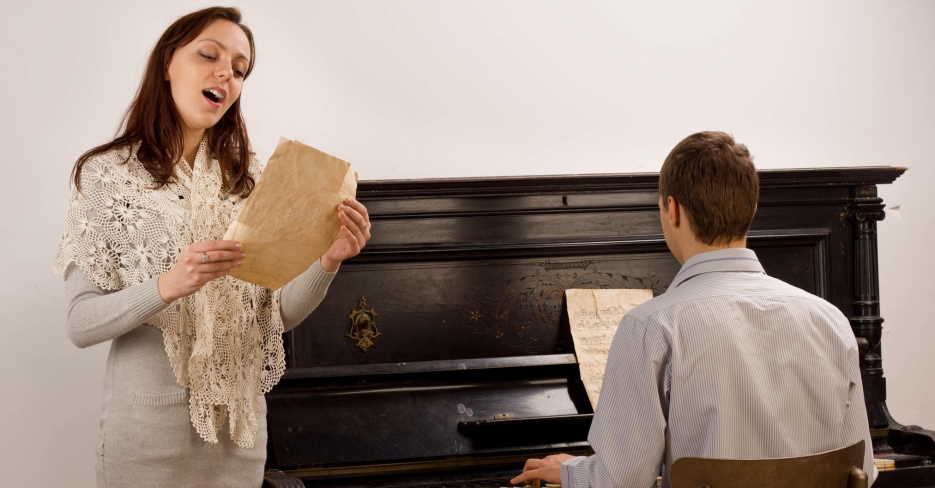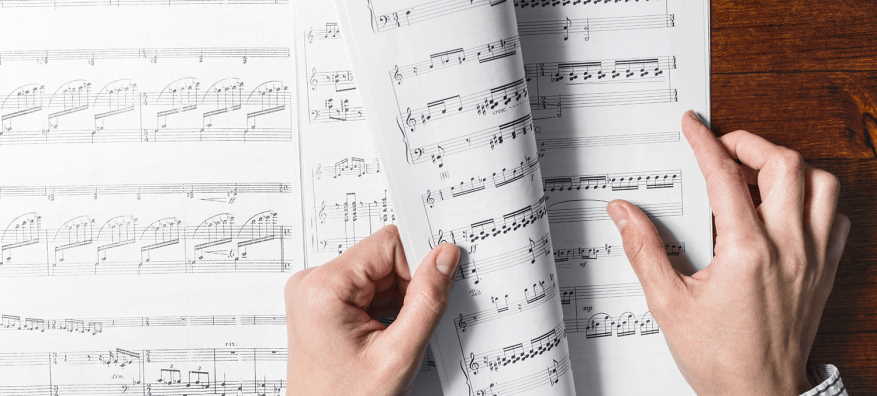Measure is a time segment within a music piece specified by a certain number of beats. Each measurement is divided into a circle.
Dividing music into bars provides regular points of reference for locations in a piece of music. Written music is also easier to follow, as each staff symbol bar can be read and played as a series.
Difference between a bar and a measure in music
The bar lines provide boundaries and order on the staff and can also provide musician guidance. Two bar lines, drawn together closely, divided into two sections of a part, or a bar line, followed by a thicker bar line that indicates the end of a piece or movement, may consist of a double bar line.
A sign is like the end of music, but it has two lines, one above the other, meaning that the music segment before is to be repeated.
The early rehearsal can be indicated at the beginning of the repeated passage; if this is absent the rehearsal is known to be from the start.

This beginning repeat sign does not act as a bar line, as no bar is before it, when it appeared at the beginning of a staff; its only function is to indicate the start of the passage to be repeated. One should know about bar vs measure in music.
Speak of a workers of music as a time line. Like a clock face, the music workers can be divided in minutes and seconds into smaller units of time. These smaller time units help you count the beat and know where you’re always in the song.
A bar line divides music into sizes and divides the musical paragraph into smaller, observable notes and rest groups, as shown in the figure below where the slash marks reflect each beat.
Each calculation has a certain number of beats— normally four beats. Measures allow groups to break into patterns and help to motivate the composer and the artist to write and read music.

How the measure in music notation created?
In music notation, music bars and bar lines did not always exist. Some of the earliest bar lines used in keyboard music in the 15th and 16th centuries to create measures.
While bar lines today provide measurable measurements, they were not. Sometimes the bar lines have been used to clearly separate music parts for better reading.
The techniques began to change in the late 16th century. Composers began to use bar lines to build ensemble music steps, making it much easier for the group to find their spaces while they perform together.
When bar lines were used to measure every measurement in the same length as in the mid-17th century, time signatures were used to equality the bars.
